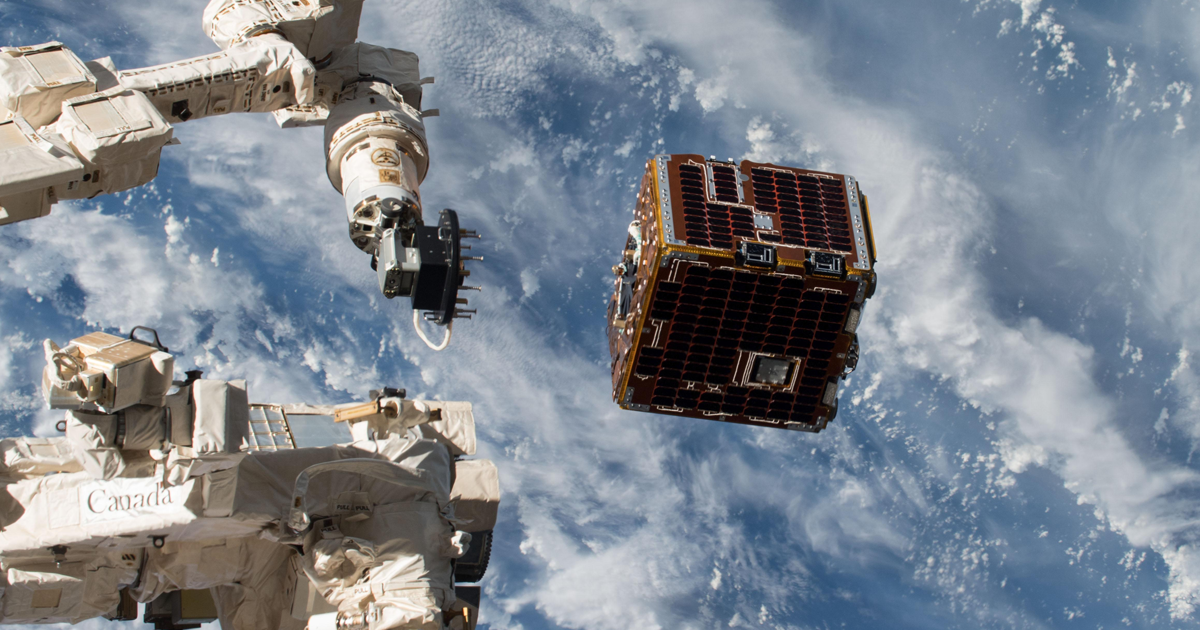"The risk of collision between debris, satellites, and spacecraft is real."
Eye on the Sky
A team from Western Sydney University has unveiled the Astrosite, a first-of-its-kind space imaging system inspired by the human eye — and they're saying it could help prevent collisions between satellites sharing space in an increasingly crowded gravity well.
"By using technology inspired by nature and biology, we have developed a dynamic imaging system that runs faster, computes more efficiently, uses far less power and produces less data than anything currently on the market," researcher André van Schaik said in a news release.
Space Colliders
As the number of objects in Earth's orbit continues to grow, so does the potential for these objects to collide with one another.
"[T]he risk of collision between debris, satellites and spacecraft is real," van Schaik said. "This has become a serious concern not only for organisations with a commercial interest in space, but also for national and international defence agencies."
A more accurate picture of what's happening in Earth's orbit at any given moment could help us avoid satellite collisions, and according to the researchers, the Astrosite can not only produce images in "unprecedented temporal resolution," but can capture them in real-time and during daylight hours.
This ability to overcome the limitations of existing imaging systems is thanks to the Astrosite's unique design, according to researcher Greg Cohen: "It's modeled off the human eye, the actual photo receptors in the retina and the way they send information out, because they don't take frames, they don't take pictures, they send out just the changes."
In Astrosite
The team plans to publicly demonstrate the Astrosite for the first time at the Avalon Airshow, which kicks off on Tuesday. If it lives up to its promise, the system has no shortage of applications, according to the researchers.
"The potential uses of this technology are endless," Cohen noted in the news release. "For example, the Astrosite can observe high-speed phenomena such as satellites and provide early warnings of potential collisions; allow the daytime recording of objects in low earth orbit; facilitate imaging in low-visibility environments; monitor space debris and allow the high-speed tracking of objects."
READ MORE: World-First Technology to Revolutionise Space Imaging [Western Sydney University]
More on satellite collisions: The Air Force Wants Your Help Guarding Satellites From Space Junk
Share This Article
